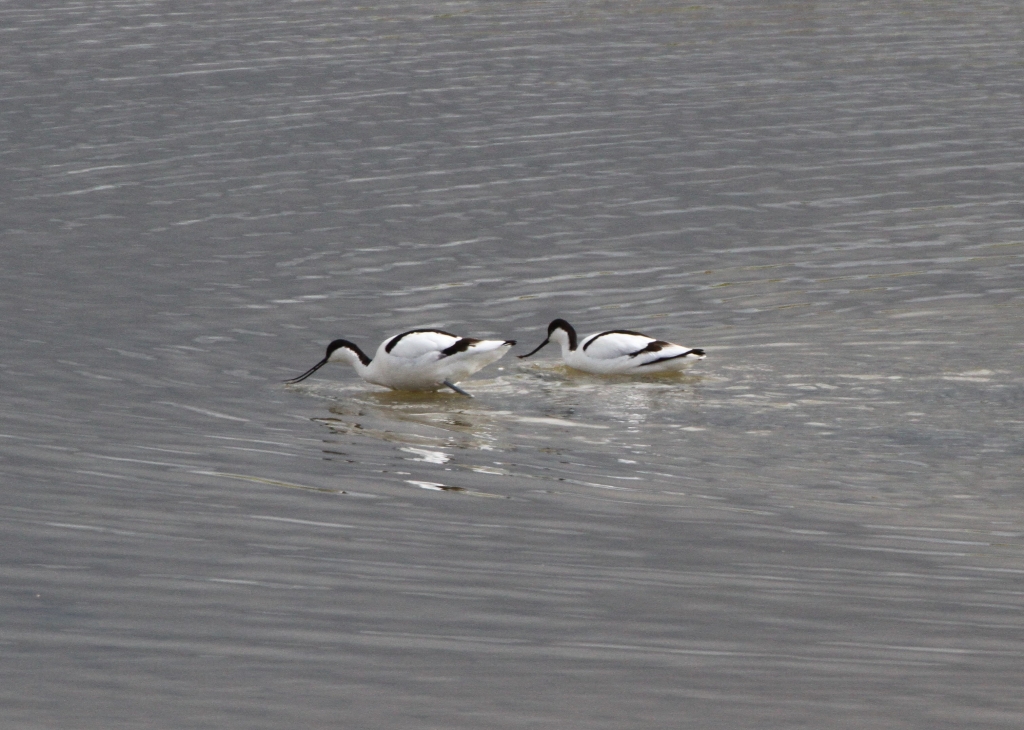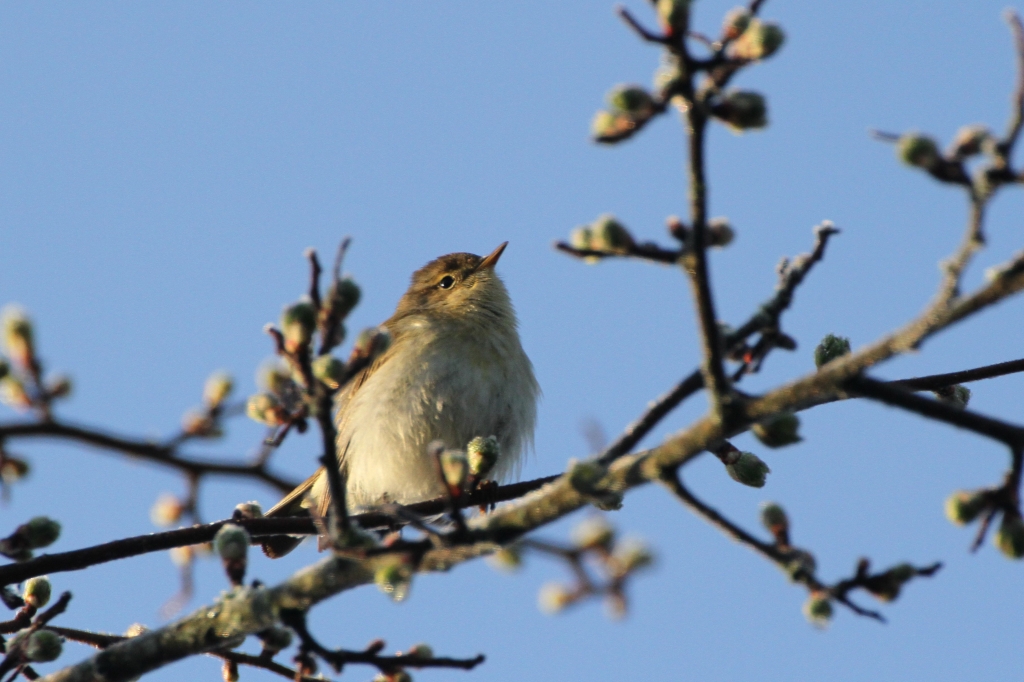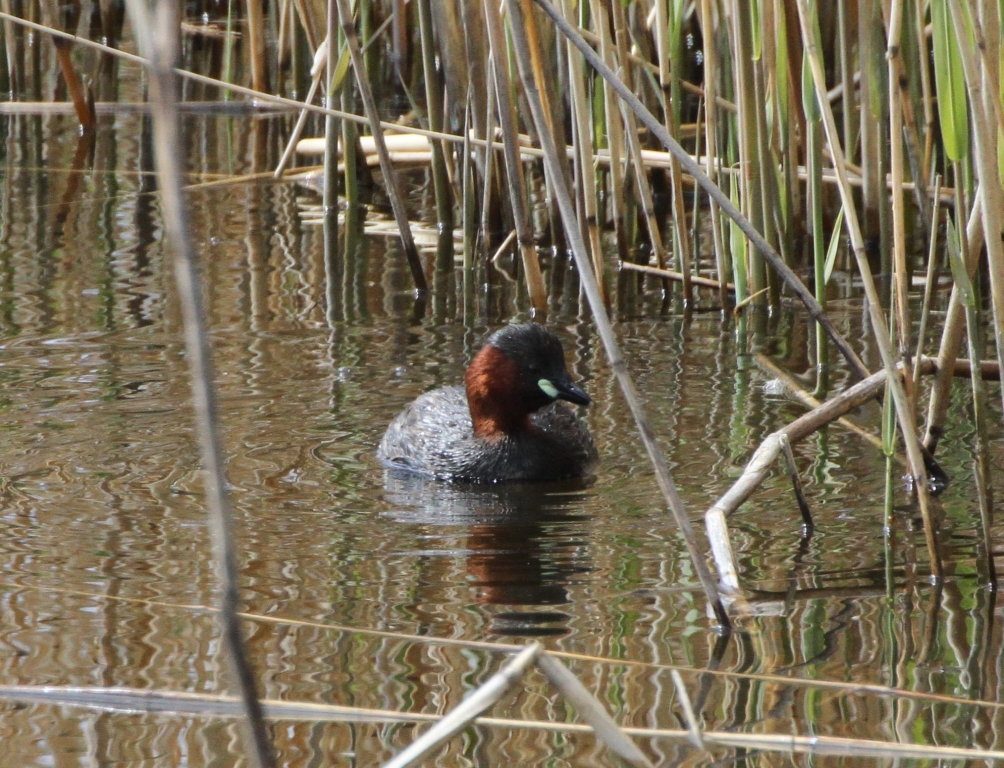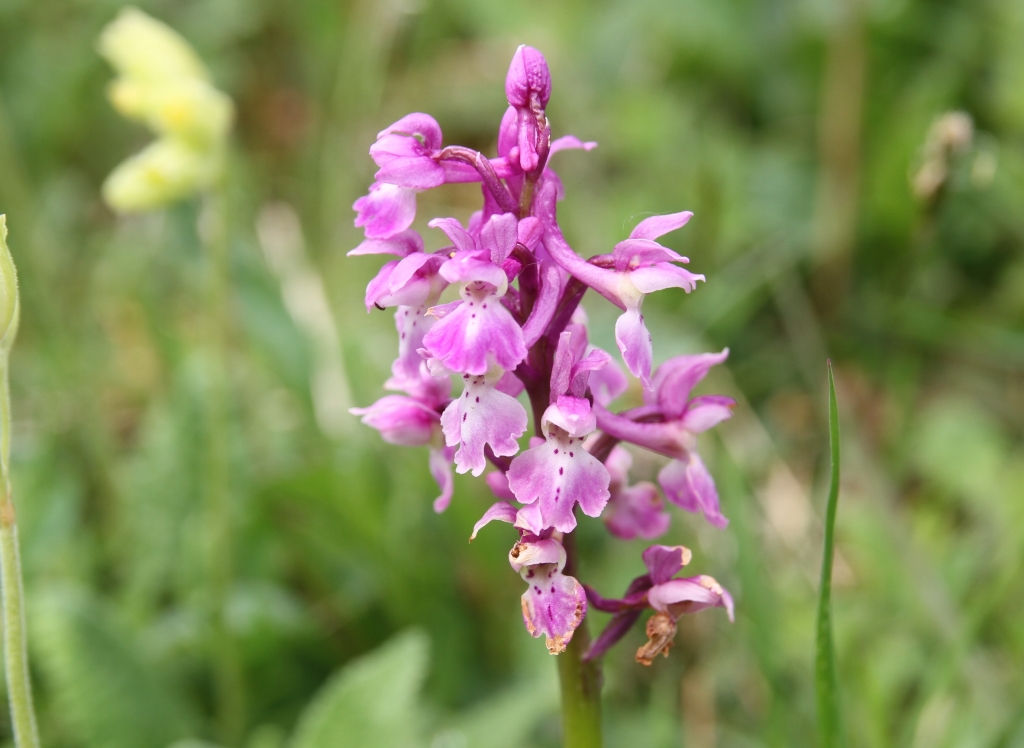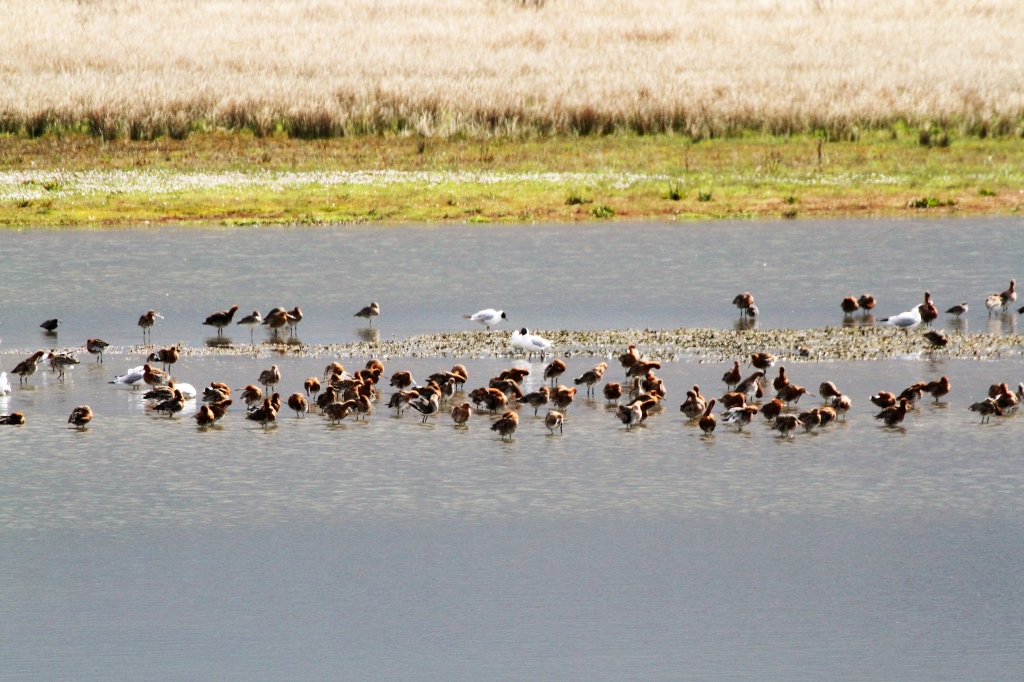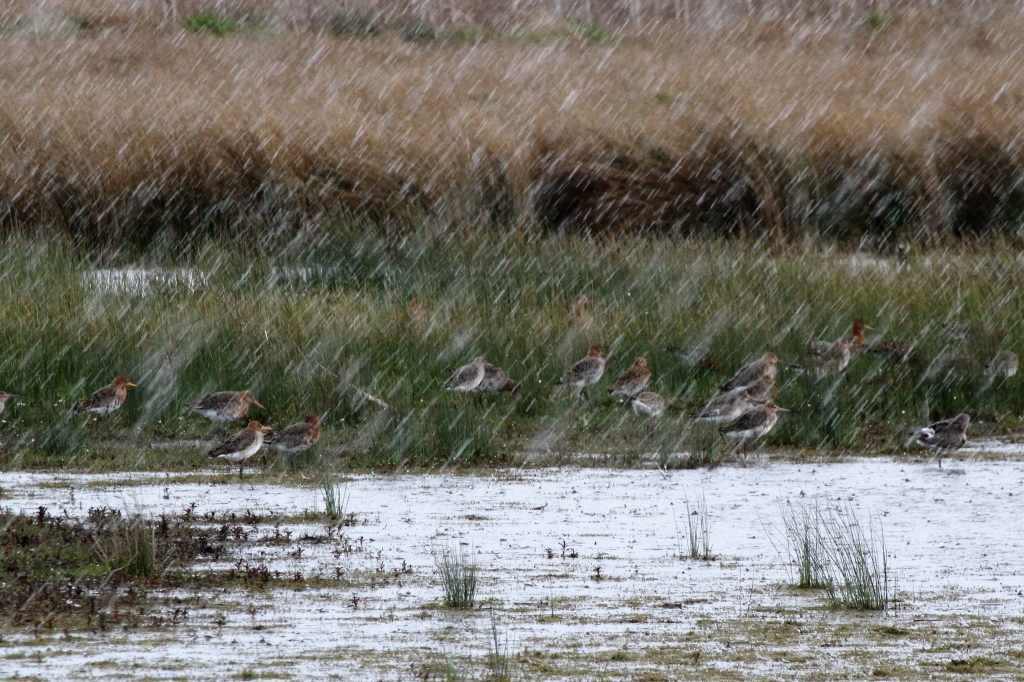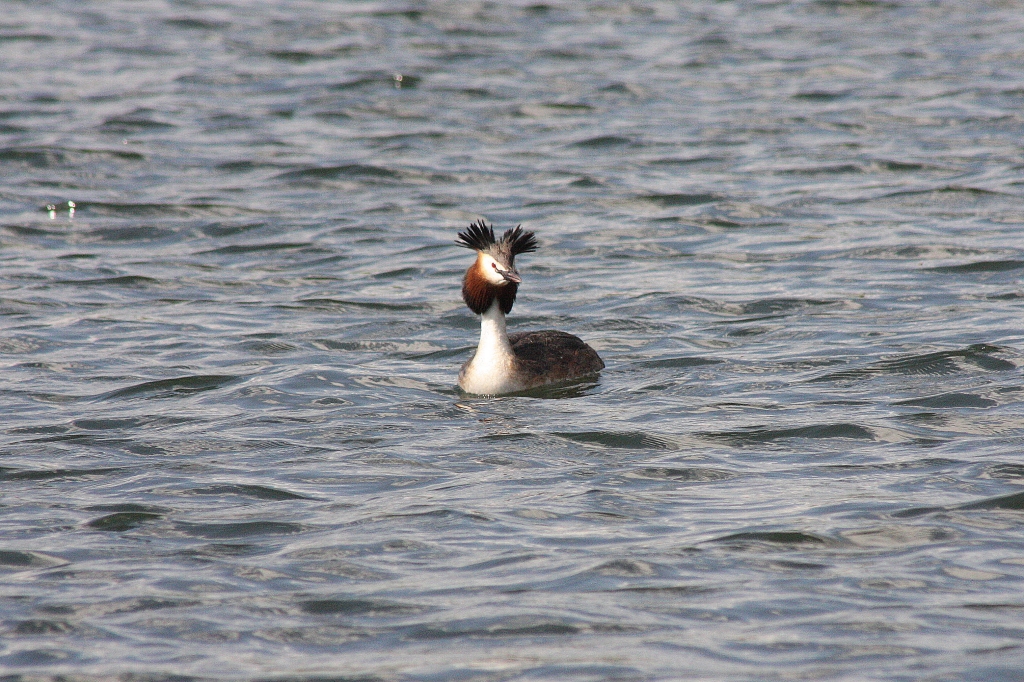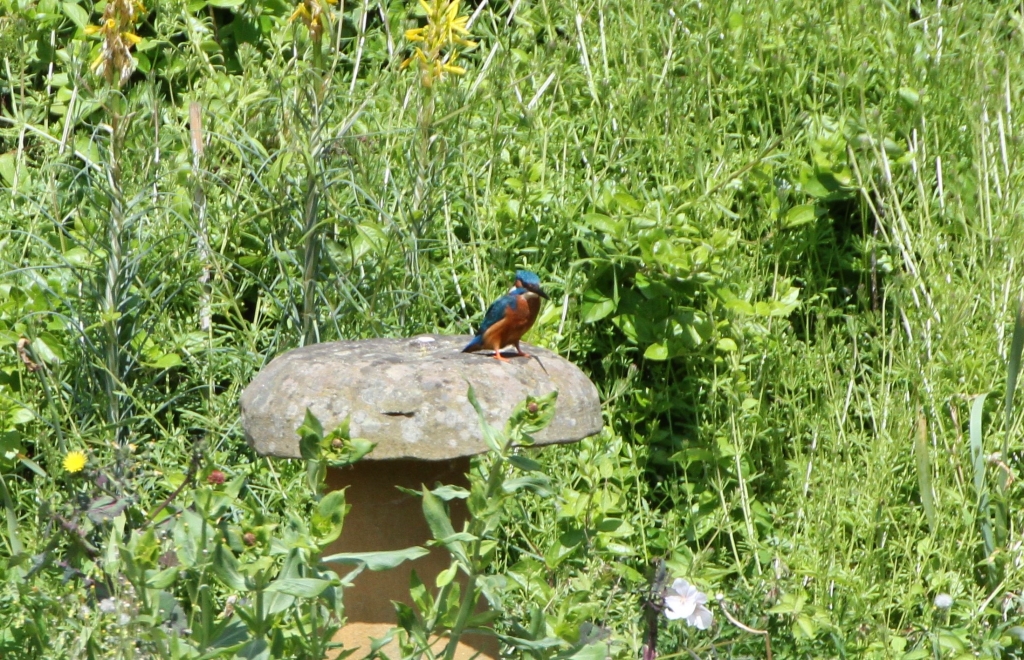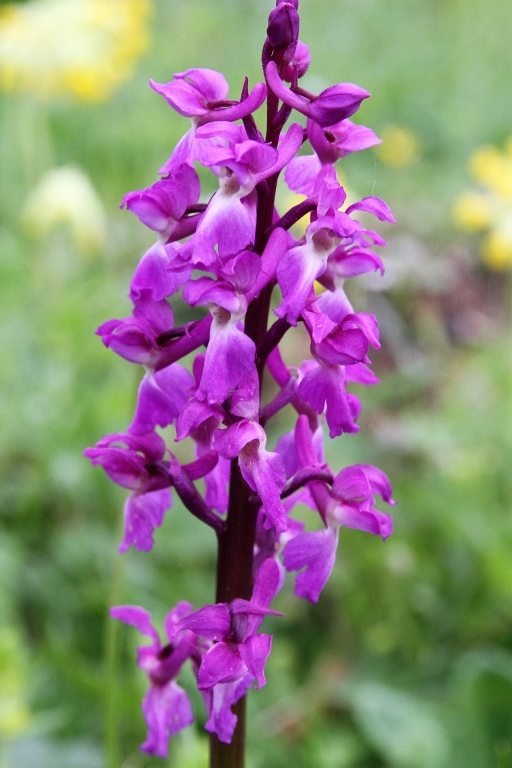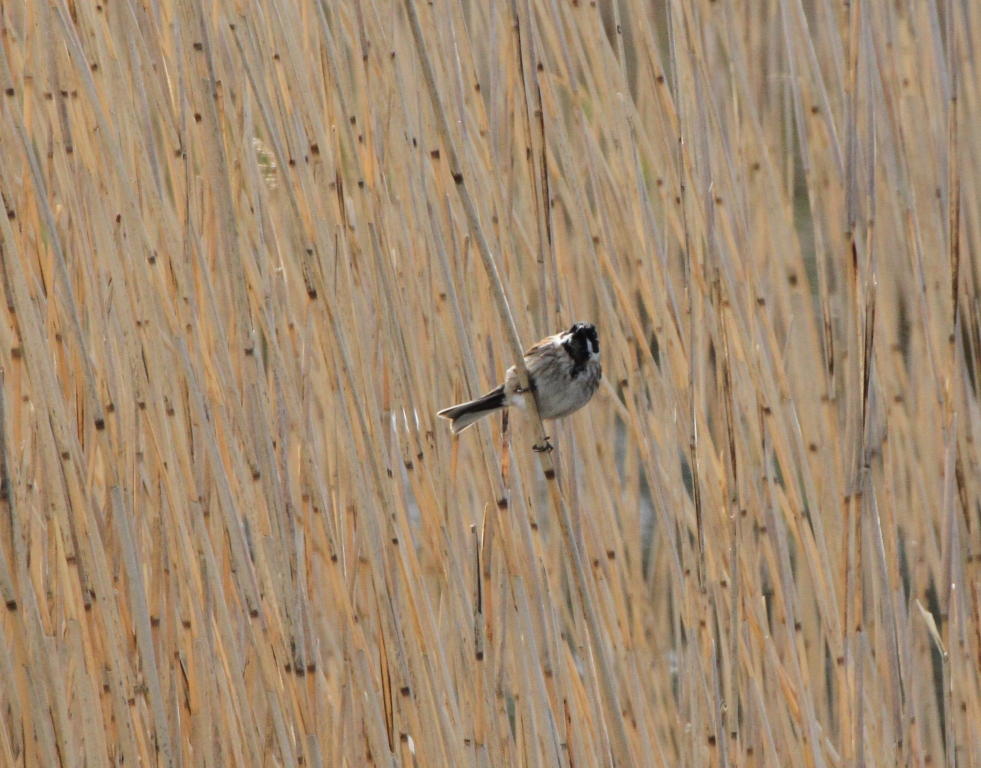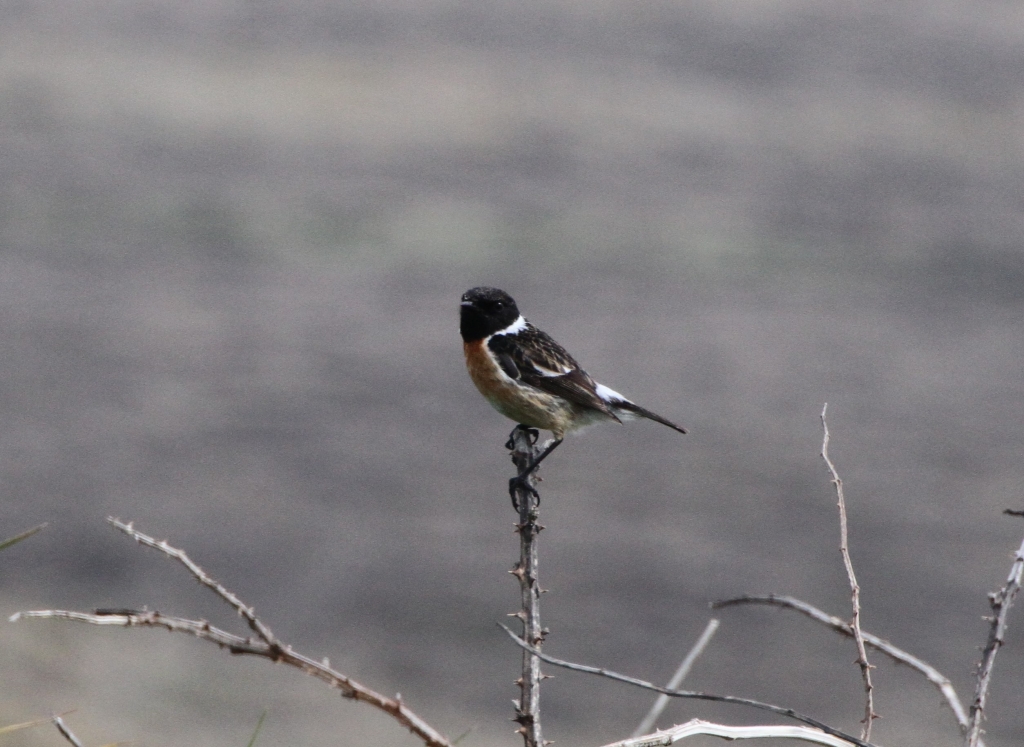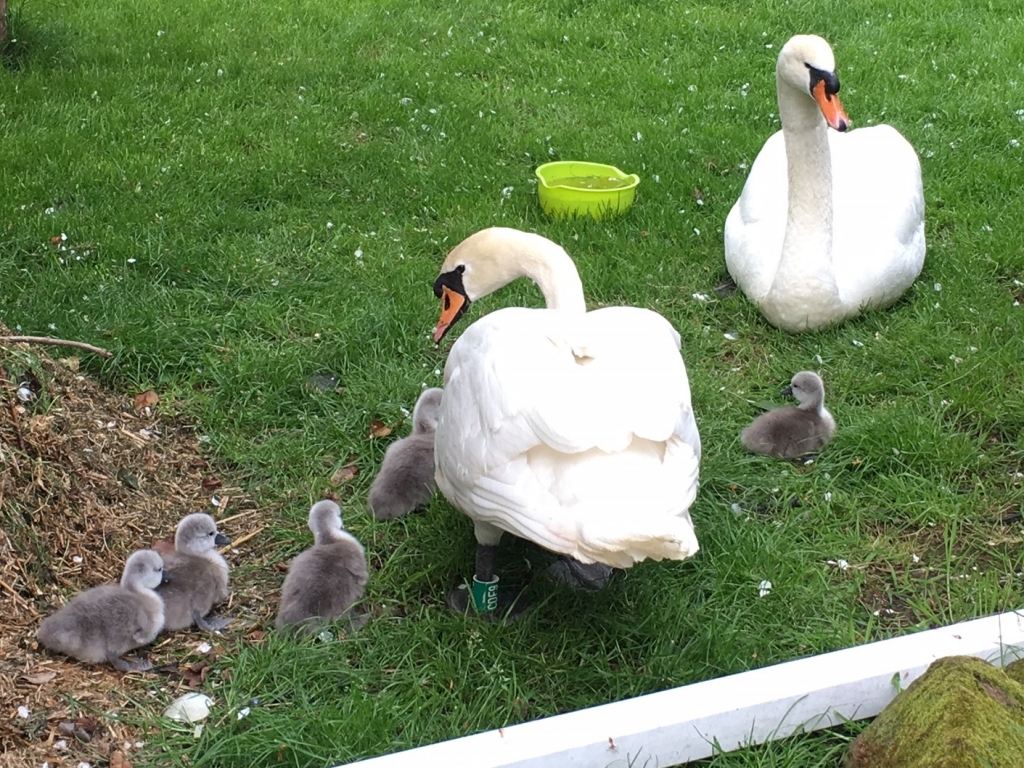
This month has been a good one to take a camera into the countryside. Our early migrants could be seen easily as they arrived before most hedgerows and trees were in leaf, enabling me to get excellent close up shots as in this example of a chiff chaff.
I had similar good luck in getting shots of the male reed bunting and stone chat. My last visit to Burton Meres on Wirral a few weeks ago was the best ever, as there were large numbers of wading birds in view, perhaps 50 avocets, 400+ black tailed godwits being the most memorable sightings. I was also caught in a sudden hailstorm out near the big scrape had wonderful close up views of a group of bar tailed godwits facing the storm, and when it cleared, really close up views of a dabchick (little grebe) foraging near the hide. I have also had several good close up sightings of the colourful great crested grebe this spring, which together with the kingfisher, must be the most spectacular looking of our fish eating species.
Kingfishers can be seen almost daily along the canal at Christleton, usually between Rowton Bridge and The Ring Road Lock. They are much smaller than you would probably think, but the vivid iridescent colour of their bodies as they flash over the water is wonderful to see. They also have a sharp piping call, and fly very low over the water. The one photographed was seen at several points along the canal, first at Rowton Bridge, and then at Quarry Bridge, where it is seen sitting on a stone mushroom in the garden near the turning circle for narrowboats.
Just beyond this point our Christleton swans, ringed green CB S7/S8 have produced 5cygnets, although as I write there are four eggs still intact in the nest. The first cygnet was born on Wednesday 18th May, a very early date for the Christleton pair, with the others following over the next two days. This is itself unusual as normally all the eggs hatch out within a 24hour period. I now suspect that the other four eggs will be infertile. However I am delighted that we have five healthy cygnets, as the Christleton pair are only one of three known pairs, breeding in the Chester area. Our cob*, is now over twenty five years old, and although his movement is severely restricted by arthritis, he is still just about able to climb up onto a canal side garden, where a local family have kindly helped by loaning out their garden for three months, and assisting the pair with material for nest building.
*CBS7 was first ringed in 1994 at the Groves as a young swan, probably over three years old. He arrived at Christleton Pit in 1997 with mate TOV. He has subsequently also mated with C175 re ringed as CBS8 and his present pen. Together these pairs have produced 119eggs, with 102 cygnets being born. 70 of these have survived to the September of the year in which they were born, when in most cases they begin to leave their parents, and fly to sites all over the UK. Christleton cygnets have been recorded at Fairbourne Ings in Yorkshire, Glasgow, Kensington Palace Gardens, Slimbridge and Plymouth. We have a proud record at Christleton, with one of the best cygnet survival rates in the UK, approx 62%.
Christleton Pit & Canal Pairs since 1990.
Eggs laid 171 Cygnets hatched 142 Cygnets survived until September; 105
-
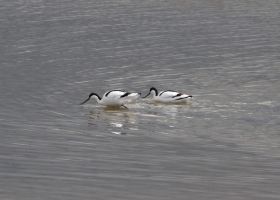
Avocets
-
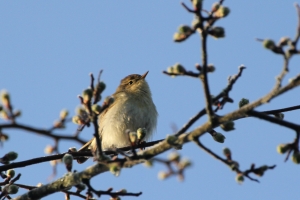
Chiff Chaff
-
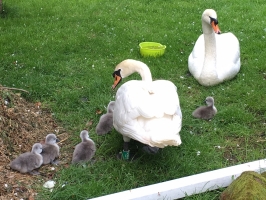
Christleton Swan 2016 Cygnets
-
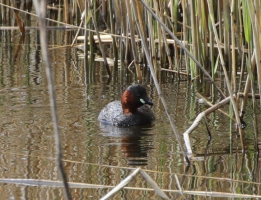
Dabchick
-
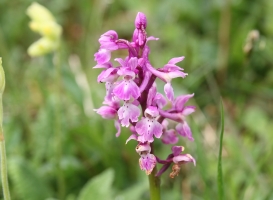
Early Purple Orchid
-
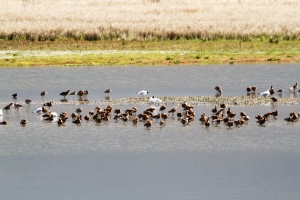
Godwits at Burton Meres
-
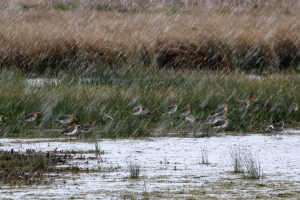
Godwits in Hailstones
-
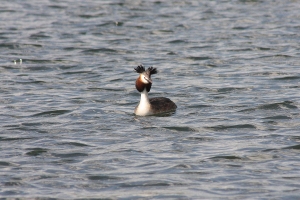
Great Crested Grebe
-
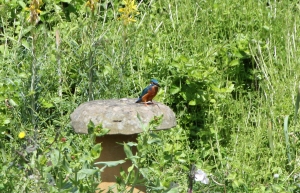
Kingfisher
-
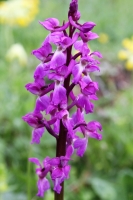
Early Purple Orchid
-
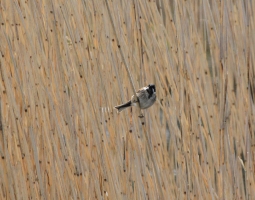
Reed Bunting
-
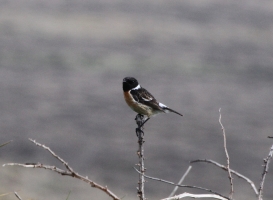
Stonechat

